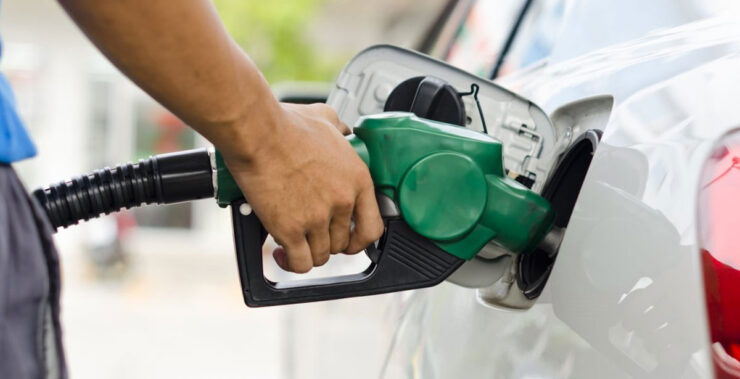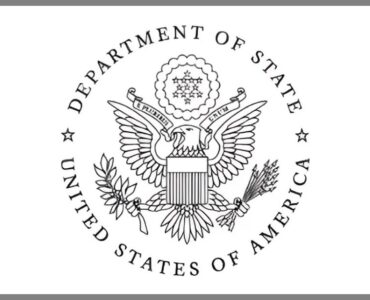Pro-government news outlets in Turkmenistan regularly cover and highlight the country’s global ranking for having the cheapest gasoline prices. In 2022, Turkmenportal published five news articles citing data from GlobalPetrolPrices. The gasoline price in Turkmenistan currently stands at 1.5 TMT/0.43 USD (1 USD = 3.5 TMT) per liter of the 95-grade gasoline. Notably, the top three countries in the list Venezuela, Libya and Iran also have one of the highest inflation rates, the high level of corruption in the public sector and they are not democratic.
Access to low-cost fuel for mobility can be a great boost to the economy but it can come at a cost to society and the environment.
Advantages:
Donate to support Turkmen analysts, researchers and writers to produce factual, constructive and progressive content in their efforts to educate the public of Turkmenistan.
SUPPORT OUR WORK- Increased access: Low-cost fuel can make it easier for people to access transportation, particularly in areas with limited public transportation options. This can improve access to education, healthcare, jobs and other essential services.
- Improved economic growth: Low-cost fuel can help stimulate economic growth by reducing the cost of doing business, the expenses that businesses have to pay in order to operate, including things like rent, salaries, utilities, and supplies. Fuel is often a significant expense for many businesses, especially those that rely on transportation, so if fuel costs go down, it can have a positive impact on their bottom line. This can help businesses reduce expenses on transportation and invest in growth and development.
Disadvantages:
- Fiscal burden: Subsidizing gasoline can be a significant burden on the government. The government spends money to discover, extract, refine and transport the oil. By offering gasoline at very low prices, the government is basically forgoing the revenue it could have made. Moreover, the government is forgoing the revenue that could be made by exporting the oil to the international market. Subsidies can require a large amount of public funds to support, and those funds could be used for other important public services, such as education and healthcare.
- Economic distortion: By keeping the price of gasoline artificially low, it can reduce incentives for consumers to use more fuel-efficient vehicles and other forms of transportation, such as trains, buses, cycling or walking. This can lead to greater dependency on fossil fuels and higher greenhouse gas emissions, which have negative environmental impacts. According to the World Bank, average temperatures are projected to rise by 5.1°C in Turkmenistan by the 2090s, with the pace of warming significantly exceeding the global average.
- Opportunity cost: Subsidizing gasoline may also come at the expense of other important government programs. The funds used to subsidize gasoline could be used to support alternative forms of transportation or to invest in renewable energy sources, which could provide long-term benefits to the economy and the environment.
- Regressive: Subsidies tend to be regressive, as they tend to disproportionately benefit higher-income individuals who are able to consume more gasoline. This can lead to greater income inequality, which can have negative social and economic impacts.
Overall, there does not seem to be a correlation in highly subsidized fuels and economic growth. Reprioritizing the government expenditures and investing in education and equitable development can lead to long-term prosperity but care must be taken to remove the subsidies gradually and transparently to avoid economic shocks and social unrest.






